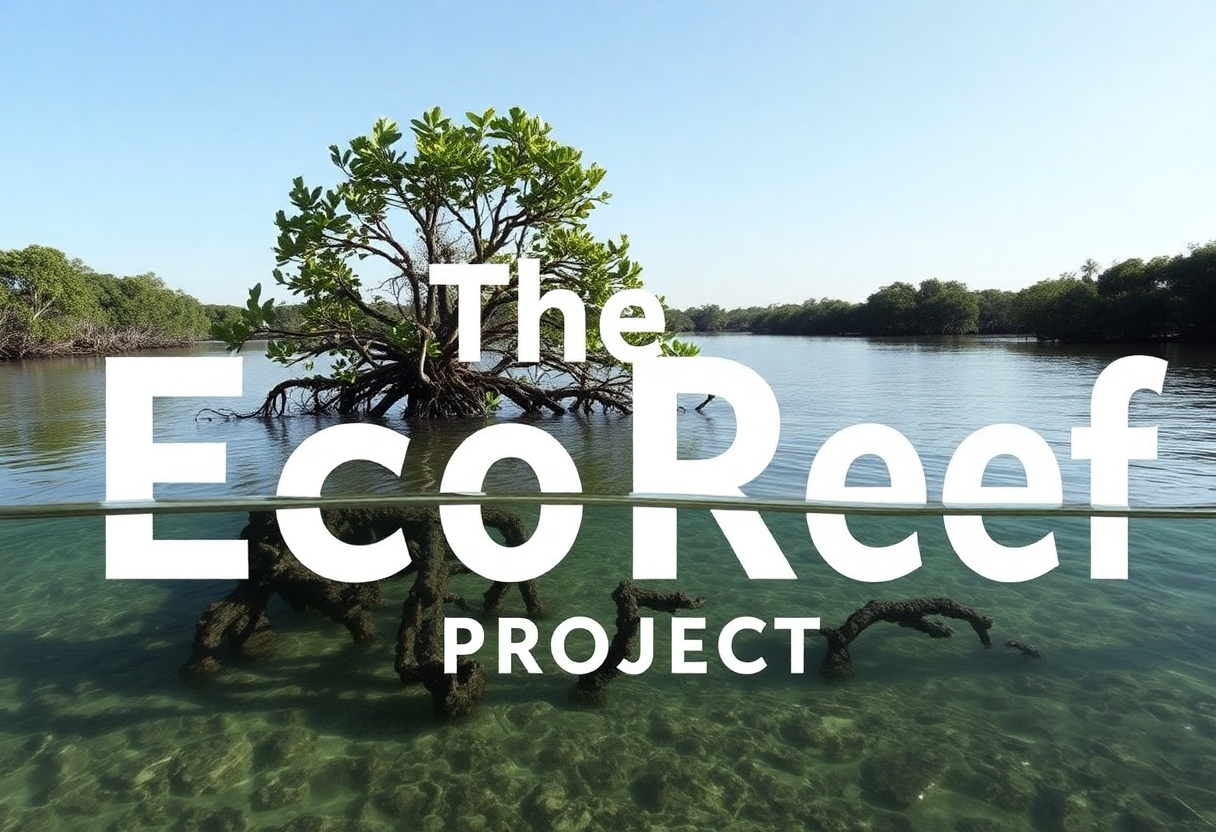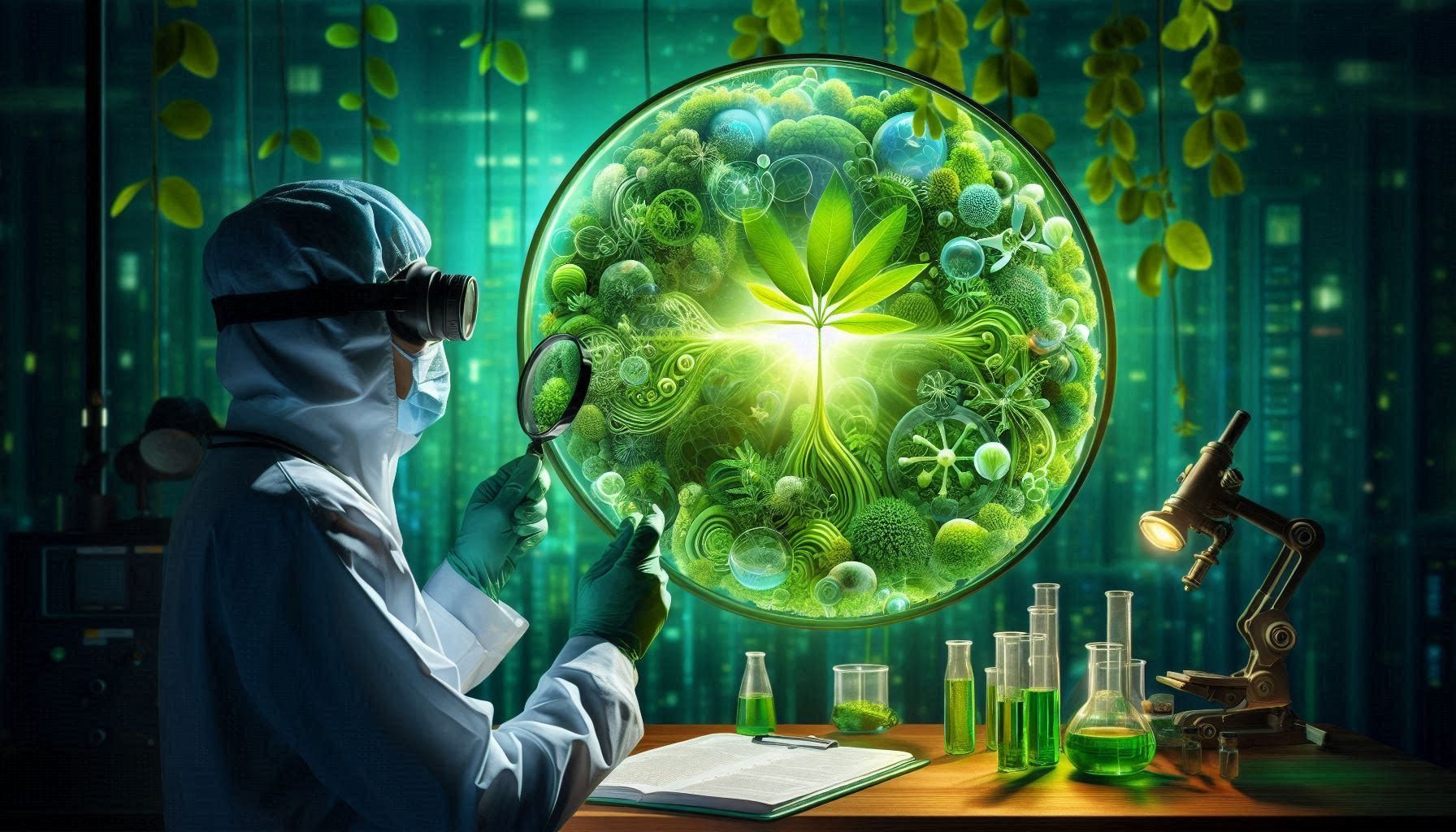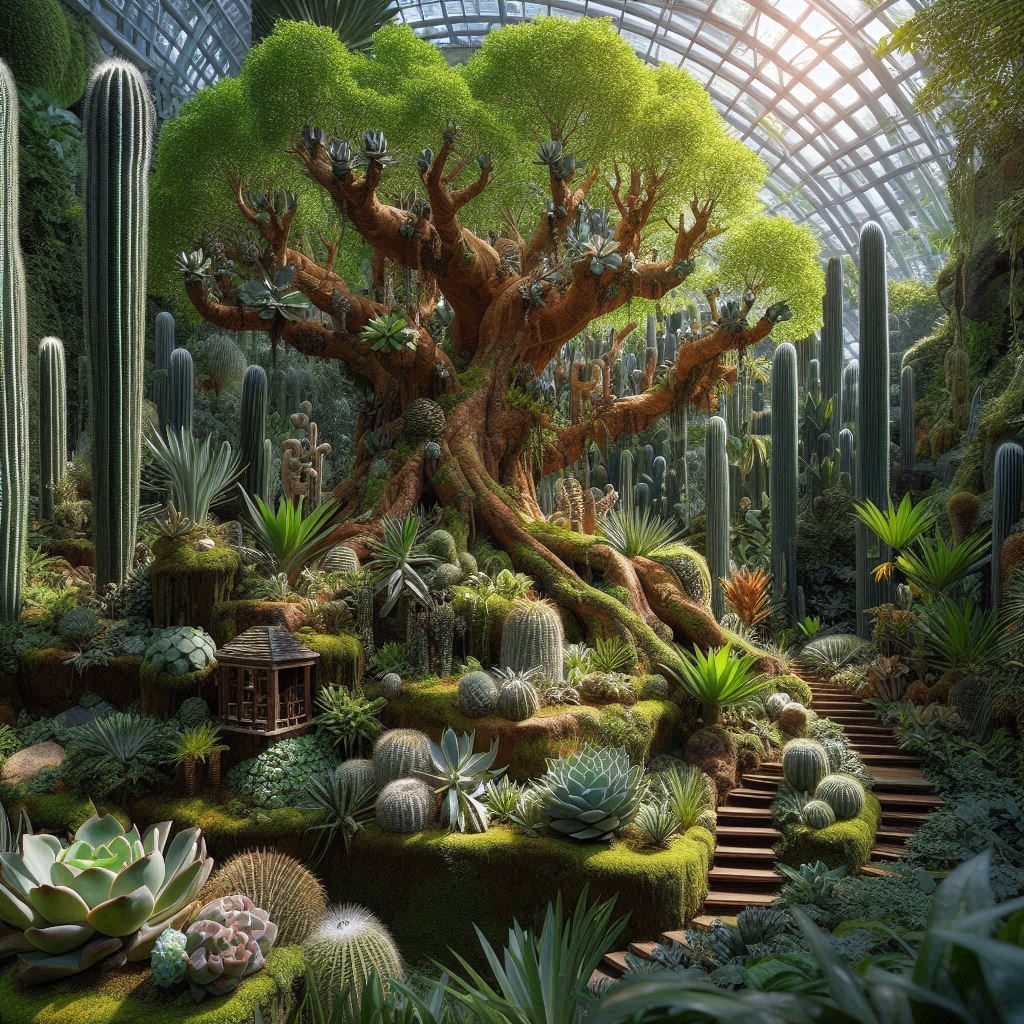Cairns Beer Can Regatta – A Fun Event or a Recycling Revolution?

Cairns Beer Can Regatta – A Fun Event or a Recycling Revolution?
Cairns Beer Can Regatta
The Cairns Beer Can Regatta is an annual event that brings together creativity, competition, and a touch of environmental consciousness. But is it just a fun day out, or does it have the potential to inspire new ideas in recycling and environmental sustainability?
The Origins and Concept
The Beer Can Regatta concept isn’t unique to Cairns; it has its roots in Darwin, where the event started in 1974 as a way to clean up litter from the streets. Participants build boats out of beer cans and other discarded materials, then race them in a spirited competition. The idea is simple – drink beer, save the cans, and build a boat that floats.
Recycling and Environmental Impact
While the primary focus of the event is fun, it does have an underlying message about recycling. By using discarded materials to create something functional, the regatta highlights the potential for reusing waste in creative ways. This can serve as a reminder of the importance of recycling and the impact it can have on reducing landfill waste.
Refining the Concept for Greater Impact
The Beer Can Regatta could be more than just a fun event. By refining the ideas behind it, we could potentially develop new methods for recycling and environmental sustainability.
Educational Workshops
Hosting workshops on recycling and sustainability during the event could educate participants and spectators on the importance of recycling and how to do it effectively.

Partnerships with Environmental Organizations
Collaborating with environmental groups could help promote the event’s message and provide resources for more effective recycling practices.
Incorporating More Materials
Expanding the range of materials used in the boats to include other recyclable items could further emphasize the importance of recycling a variety of materials.
Competitions for Innovation
Introducing competitions for the most innovative use of recycled materials could inspire participants to think creatively about recycling and sustainability.
Engineering Inspiration from the Regatta
The Cairns Beer Can Regatta isn’t just a platform for fun and environmental awareness; it also offers valuable insights for the field of engineering.
Material Innovation
Engineers can explore new ways to repurpose waste materials, inspired by the creative use of beer cans in the regatta. This could lead to the development of new, sustainable materials for construction and manufacturing.

Design and Efficiency
The challenge of building a functional boat from unconventional materials encourages innovative design and problem-solving. Engineers can apply these principles to create more efficient and sustainable products and structures.
Community Engagement
The regatta demonstrates the power of community involvement in environmental initiatives. Engineers can collaborate with communities to develop and implement sustainable solutions that are both practical and widely accepted.
Educational Outreach
By participating in or supporting events like the Beer Can Regatta, engineers can inspire the next generation of innovators and promote the importance of sustainability in engineering practices.
Fun and Environmental Impact
—————————–
A Winning Combination
The Cairns Beer Can Regatta is a prime example of how fun and environmental consciousness can go hand in hand. Events like these show that environmental initiatives don’t have to be serious or somber; they can be engaging, enjoyable, and even exhilarating.
Raising Awareness Through Enjoyment
Fun events attract a wide audience, including those who might not typically engage with environmental issues. By incorporating environmental themes into enjoyable activities, these events can raise awareness and educate people in a more approachable and memorable way.
Inspiring Creativity and Innovation
When people are having fun, they are more likely to think creatively and come up with innovative solutions. The Cairns Beer Can Regatta encourages participants to think outside the box and find new uses for discarded materials. This spirit of creativity can inspire broader innovations in recycling and sustainability.
Building Community and Collaboration
Fun events bring people together, fostering a sense of community and collaboration. When people work together towards a common goal, such as building a boat from recycled materials, they form connections and share ideas. These connections can lead to larger collaborative efforts in environmental conservation and sustainability.
Demonstrating Practical Applications
By showcasing practical applications of recycling and sustainability in a fun context, events like the Beer Can Regatta demonstrate that these concepts are not just theoretical but can be applied in everyday life. This can encourage people to adopt more sustainable practices in their own lives.
Creating Lasting Memories and Impact
Fun and memorable experiences leave a lasting impression. Participants and spectators of the Cairns Beer Can Regatta are likely to remember the event and its environmental message long after it has ended. This lasting impact can inspire ongoing efforts to reduce waste and promote sustainability.

Scaling Up for Greater Impact
Successful fun events with an environmental focus can serve as models for larger initiatives. The principles and ideas demonstrated at the Cairns Beer Can Regatta can be scaled up and applied to other events, programs, and policies, leading to broader environmental benefits.
By combining fun with environmental consciousness, events like the Cairns Beer Can Regatta show that sustainability can be enjoyable and accessible. They have the potential to inspire bigger initiatives and make a significant impact on the environment, all while bringing joy and excitement to the community.
Building Community Awareness
The Cairns Beer Can Regatta is more than just a fun event; it plays a crucial role in building community awareness about environmental issues.
Engaging the Community
The regatta brings together people from all walks of life, encouraging them to participate in a shared activity. This engagement fosters a sense of community and collective responsibility towards environmental conservation.
Highlighting Local Environmental Issues
By focusing on recycling and waste management, the event draws attention to local environmental challenges. It provides a platform for discussing issues such as littering, waste reduction, and sustainable practices, making these topics more relatable and urgent for the community.
Promoting Environmental Education
The regatta serves as an educational tool, teaching participants and spectators about the importance of recycling and sustainability. Through hands-on activities and demonstrations, people learn how they can contribute to environmental conservation in their daily lives.
Encouraging Volunteerism and Participation
The event relies on the support of volunteers and participants, fostering a culture of volunteerism and active participation. This involvement helps build a community that is more aware and proactive in addressing environmental issues.
Creating a Ripple Effect
The excitement and enthusiasm generated by the regatta can inspire other community members to get involved in environmental initiatives. This ripple effect can lead to increased participation in local clean-up efforts, recycling programs, and other sustainability projects.
Showcasing Success Stories
The regatta provides a platform for sharing success stories and innovative ideas related to recycling and sustainability. By highlighting these achievements, the event motivates others to adopt similar practices and contribute to a more sustainable community.
Strengthening Community Bonds
Working together on a common goal, such as building a boat from recycled materials, strengthens community bonds. This sense of unity and collaboration can lead to a more cohesive and environmentally conscious community.
By building community awareness, the Cairns Beer Can Regatta not only promotes environmental sustainability but also fosters a sense of shared responsibility and collective action. It demonstrates that when a community comes together, it can make a significant impact on the environment and create a more sustainable future for all.
Conclusion
The Cairns Beer Can Regatta is a shining example of how fun and environmental consciousness can come together to create a meaningful and impactful event. While it may appear to be just a day of fun and competition, the regatta has the potential to inspire new ideas in recycling and sustainability. By refining the concept and incorporating educational elements, the event can promote innovative recycling practices and environmental awareness.
Moreover, the regatta offers valuable lessons for the field of engineering, encouraging material innovation, efficient design, and community collaboration. It also demonstrates the power of fun in raising awareness and inspiring creativity, showing that environmental initiatives can be both enjoyable and effective.
By building community awareness and fostering a sense of collective responsibility, the Cairns Beer Can Regatta proves that when a community comes together, it can make a significant impact on the environment. This event not only brings joy and excitement to participants and spectators but also paves the way for a more sustainable future.
In the end, the Cairns Beer Can Regatta is more than just a fun event; it is a catalyst for change, inspiring individuals and communities to think creatively about recycling and sustainability. With continued support and innovation, this event can lead to bigger and better things, making a lasting difference in the fight for a cleaner and greener world.
Join the Discussion
We’d love to hear your thoughts on the Cairns Beer Can Regatta and its potential impact on recycling and environmental sustainability.
Have you ever participated in or attended the Cairns Beer Can Regatta? What was your experience like?
Do you think events like the Beer Can Regatta can inspire new ideas in recycling and sustainability? Why or why not?
What other fun and engaging events could be organized to promote environmental awareness in your community?
How can engineers and innovators draw inspiration from events like the Beer Can Regatta to develop sustainable solutions?
What are some creative ways you have seen or used to repurpose waste materials?
Let’s work together to create a more sustainable and environmentally conscious future, one fun event at a time!
#CairnsBeerCanRegatta #Recycling #Sustainability #EnvironmentalAwareness #CommunityEvent #FunAndEcoFriendly #CreativeRecycling #SustainableLiving #EcoInnovation #GreenFuture #EngineeringInspiration #WasteReduction #EcoFriendlyEvents #CommunityEngagement #EnvironmentalEducation #InnovativeIdeas #SustainableSolutions #GreenInitiatives #EcoConscious #EnvironmentalImpact #ReduceReuseRecycle #SustainableCommunity #EcoEvents #GreenLiving #EnvironmentalResponsibility #SustainableFuture #EcoFriendlyFun #CommunityAwareness #GreenEngineering #EcoInspiration




































